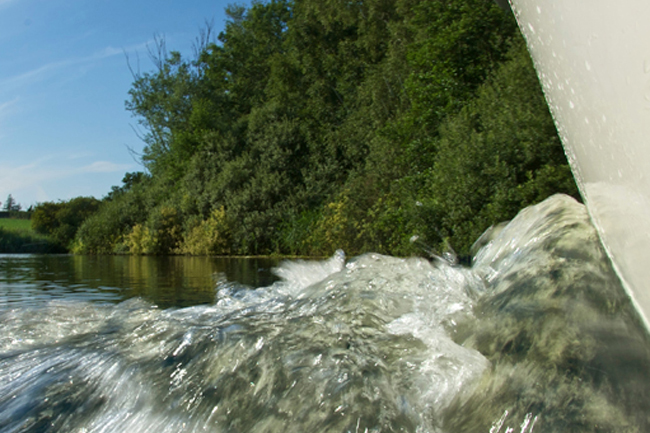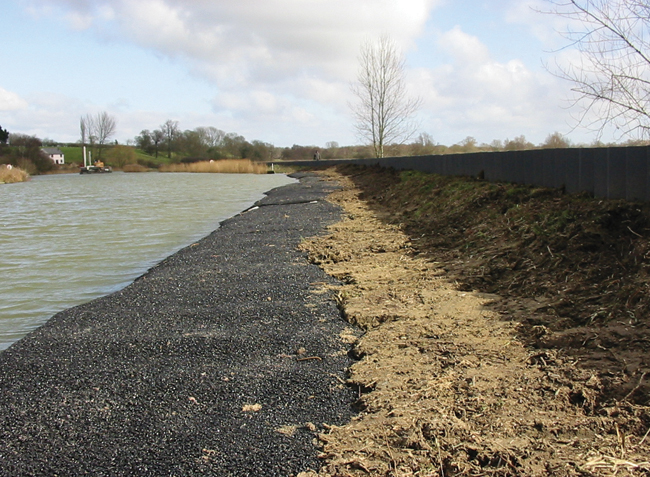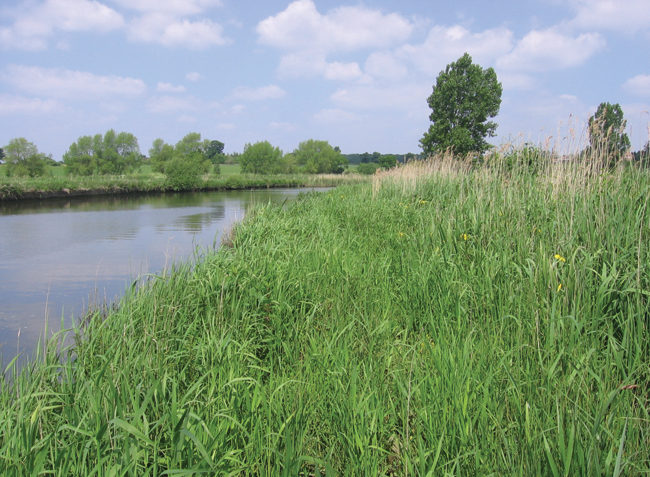Bank protection
Water flow and waves caused by wind or boat traffic can cause serious erosion to the riverbanks of the Broads.

Research undertaken by the Broads Authority in the mid 1980s showed that only a small reduction in speed was needed to produce a significant reduction in boat wash. As a result all speed limits were cut by 1 mph, with the highest speed limit on the Broads set at 6 mph.
Solutions to erosion
These days, instead of installing piling along riverbanks, which is expensive and can look unattractive, flood protection work aims to set back many flood banks to allow more space for the rivers as they flow towards the sea. This not only helps increase the water storage capacity in times of flooding, but creates new habitat for wildlife.
Work to restore water quality will allow submerged plants to flourish, which will help to prevent further loss of bankside plants and so protect the river edge.
Alternative methods
The Broads Authority, Broadland Environmental Services Ltd (BESL) and the Environment Agency use environmentally-friendly forms of bank protection where possible but the variation in depth, width, boating activity, tidal ranges and bank construction on different river sections means there is no single solution.
Techniques currently used include bitumen matting and tubes of geo-textile material filled with sand. Reeds are planted to grow through the matting, giving a more natural appearance to the riverside. The Broads Authority has produced a guide to protecting banks for further information.



